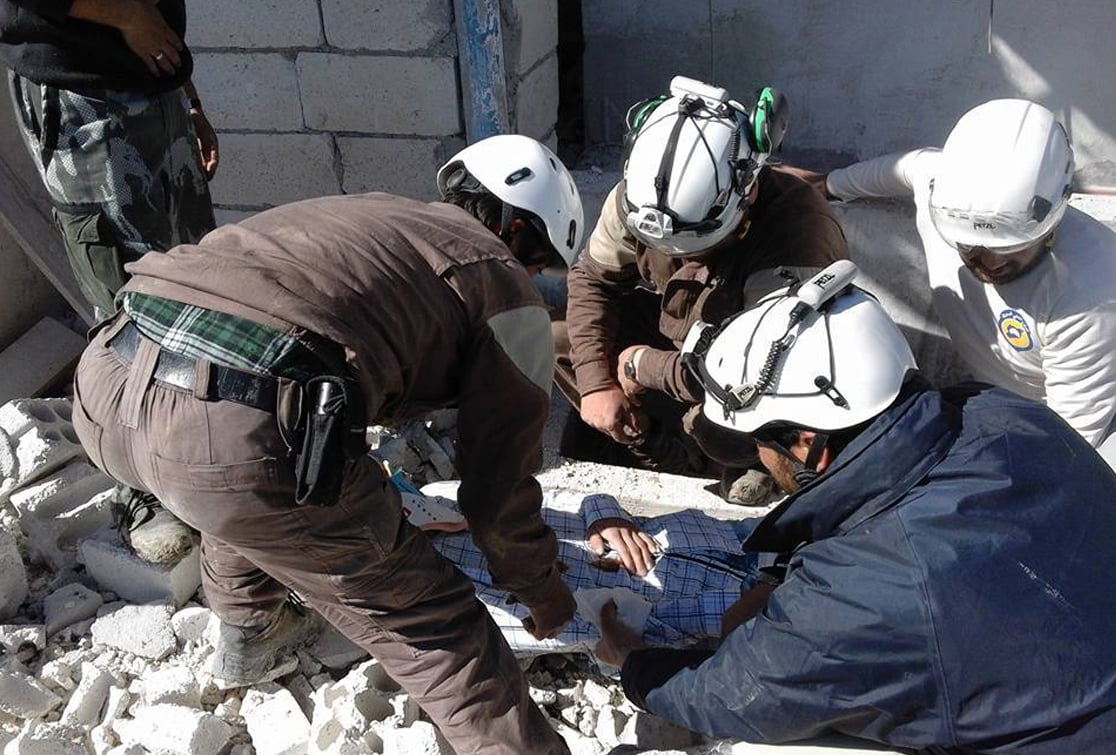since the beginning of the Cessation of Hostilities Agreement

SNHR issued a report that recorded the statistic of violations since the beginning of the Cessation of Hostilities Agreement in 27 February 2016.
The report highlighted the incidents’ details of the violations which documented during the first round of negotiations from 15 March 2016 until 25 March 2016.
The report noted that different Syrian governorates, especially regions under the control of armed opposition, witnessed a significant decline in the shelling and killing percentages since the cessation of hostilities agreement. because the regions that are under the government control or Kurdish Self-Management Forces are not subjected to government shelling which is considered responsible for killing more than 60% of the victims in addition to destroying houses and displacing their residents.
The report noted that the residents sent their children back to schools again and great numbers of patients (not only the injured of shelling or clashes) went to hospitals to get treated since the shelling decrease as hospitals and schools were continuously shelled. Additionally, infrastructure rehabilitation was conducted since the shelling has decreased
The report depicted that the Syrian regime continued to breach the ceasefire, as it is one of the most affected parties regarding this agreement and unpublicized violations have been continuous like extrajudicial killing and torturing detainees. And the crimes, that couldn’t be noticed by American and Russian mediator are continued too.
According to report the Syrian regime committed several massacres against civilians in the regions that under the control of ISIL, Two huge massacres were in Al Raqqa governorate in 18 March and 19 March which did not mention in the report as they were in ISIL’ controlled regions because they did not subject to the cessation hostilities agreement.
The report documented the bare minimum of what they were able to document according to their methodology and based on two different sources of information for each incidents. The report depicted the military attacks by all those binding truce (government forces, Russian forces, Kurdish self-management, and armed opposition groups) in regions under the control of armed opposition, but it did not recorded any progress concerning the releases of women or children by all conflict parties.
The report recorded not less than 896 breaches through military attacks, arrests and prevention of aid convoys since the beginning of the cessation hostilities agreement from 27 February 2016 until 25 March 2016, 292 amongst which were during the first round of negotiations from 15 March 2016 until 25 March 2016.
According to report the breaches through military attacks by government forces distributed in all Syrian governorates as follows: 23 breaches in Damascus suburb, 38 breaches in Lattakia, 14 breaches in Idlib, 25 breaches in Hama, 18 breaches in Homs, 10 breaches in Dara’a and two breaches in Al Kenitra. The breaches caused the death of 20 individuals including 4 members of armed opposition.
The report recommended the joint American and Russian committee to investigate those incidents, announce its results to the Syrian people and prevent it from happening again.
The report demanded the international community to correlate the ceasefire with political efforts that would pave the way towards a transitional stage that would result in a democratic regime, which will end the suffering of the Syrian people.


